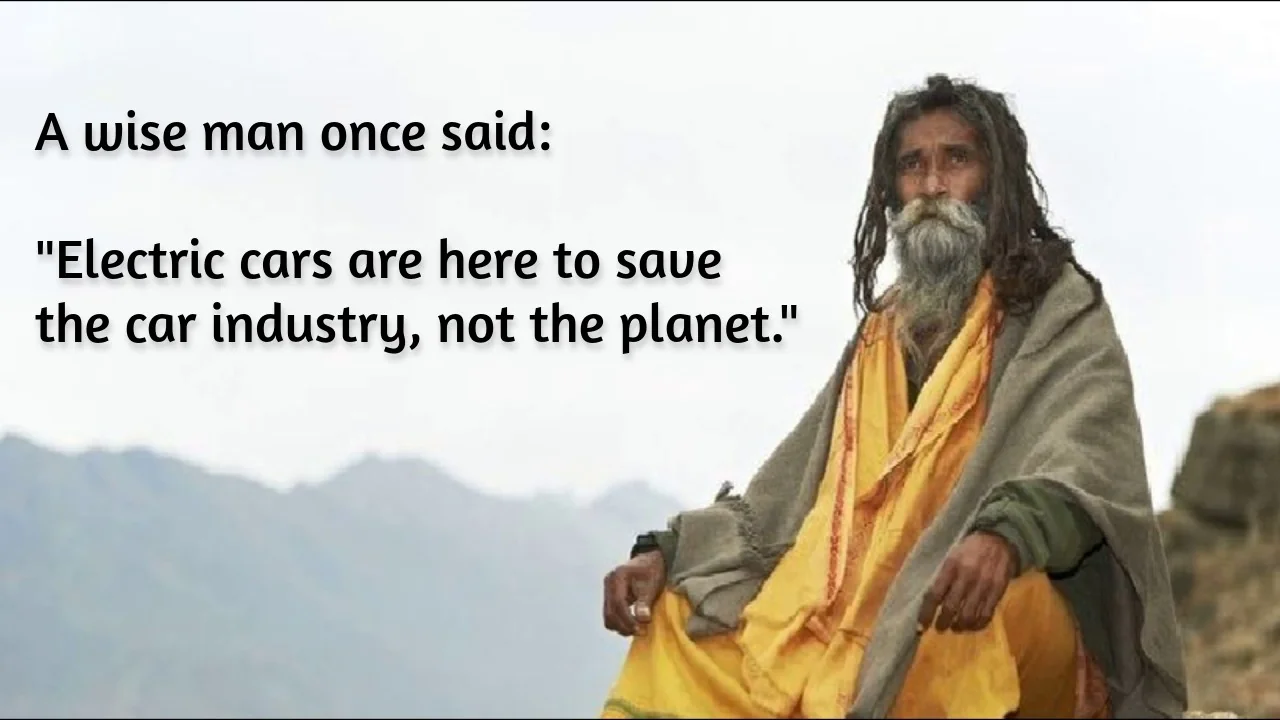Fuck Cars
A place to discuss problems of car centric infrastructure or how it hurts us all. Let's explore the bad world of Cars!
Rules
1. Be Civil
You may not agree on ideas, but please do not be needlessly rude or insulting to other people in this community.
2. No hate speech
Don't discriminate or disparage people on the basis of sex, gender, race, ethnicity, nationality, religion, or sexuality.
3. Don't harass people
Don't follow people you disagree with into multiple threads or into PMs to insult, disparage, or otherwise attack them. And certainly don't doxx any non-public figures.
4. Stay on topic
This community is about cars, their externalities in society, car-dependency, and solutions to these.
5. No reposts
Do not repost content that has already been posted in this community.
Moderator discretion will be used to judge reports with regard to the above rules.
Posting Guidelines
In the absence of a flair system on lemmy yet, let’s try to make it easier to scan through posts by type in here by using tags:
- [meta] for discussions/suggestions about this community itself
- [article] for news articles
- [blog] for any blog-style content
- [video] for video resources
- [academic] for academic studies and sources
- [discussion] for text post questions, rants, and/or discussions
- [meme] for memes
- [image] for any non-meme images
- [misc] for anything that doesn’t fall cleanly into any of the other categories
Recommended communities:
view the rest of the comments

Not every journey is possible with public transport. People will still need to lug equipment about in the electric future.
Trains don’t cover literally every single use case of a car, better keep expanding those highways!
Oh no, not equipment. Surely nobody has ever moved equipment on a train.
But how do you transport equipment from the train station to the location equipment needs to arrive at?
Depends on how much equipment you're talking about. The vast majority of tradespeople could have a rolling toolkit on a pushcart. For everything bigger there's likely to still be commercial road freight.
When you can't carry it all in one go a train is useless.
There is quite a lot you can do with a cargo bike. And what is still left in deliveries or services, can be done with just a few cars. Those don't need to be driverless. Also I have once moved house using public transport. It isn't fun, but it's possible.
Lol I grew up where it's 100 degrees in March. No one is riding a bike much less pulling a cargo trailer to work. You have no idea what you are talking about.
so what, did nobody live or work in africa or the middle east or the american southwest or australia or spain or anywhere else where it gets really hot before cars were invented? were people just like "i have stuff to do but it's too hot to walk, guess i'll just die"? and then what of people who live in places where it doesn't do that, which is statistically most people?
also, worth noting that freeways and asphalt create the urban heat island effect, which makes hot places even hotter.
And they have cars in those places.
Before cars were invented we had horses.
you can be generally certain that i'm aware of that
...and trains.
https://en.wikipedia.org/wiki/African_Union_of_Railways
ya they really connected every place in africa.
OK, I'll grant you that this argument was not super well formed on my part. I can say with confidence that trains built the United States, including the places in the southwest that I alluded to, and HSR currently connects Spain to an alarming degree. China and India also have considerable rail networks, though China's is to my knowledge more modern and in more active development. That being said, the main point I was making is that dense, walkable development was the only option in these places prior to the car, because how else were you going to get around your local area? And people clearly hauled stuff in those days and in those climes. Clearly doing so without a car is possible, if the development patterns allow for it. Those places currently lack those development patterns, and thus that is not an option in those places at this time, but that's a result of policy decisions made by leaders in those areas (and the auto industry).
Now, to provide an actual counterexample:
https://en.wikipedia.org/wiki/Rail_transport_in_Switzerland
Now, you might protest when I bring up Switzerland that Switzerland is small. And in terms of geographic area, you're not wrong. But Switzerland is also ferociously mountainous, and much of their rail network had to be tunneled under the Swiss Alps. Connecting LA to San Francisco via the Central Valley with HSR, like CAHSR is doing, is considerably easier than connecting two much closer cities in Switzerland with regular-speed trains was prior. The same goes for:
https://en.wikipedia.org/wiki/Shinkansen
as well as the broader system of
https://en.wikipedia.org/wiki/Rail_transport_in_Japan
and, as I alluded to,
https://en.wikipedia.org/wiki/Rail_transport_in_Spain
is applying the same principles in the birthplace of taking a nap in the afternoon because it's too hot to exist. Yes, I can link Wikipedia articles too.
Oh, and also https://en.wikipedia.org/wiki/Urban_heat_island exists in deserts too. It's not that it's an "island of heat" surrounded by pleasant temperatures, it's that whatever temperature is around it, the paved/urbanized area is hotter. And this is exacerbated by current suburban development patterns, again, even in deserts.
I definitely can't travel across the country with all my music gear on a bike.
think of how much faster you could get across the country with all your music gear in your car if all of the other people on the road who aren't schlepping all of their music gear across the country, which is statistically almost all of them, were on bikes or trains instead